39 chromosome labelling
Chromosome Structure Labeling - The Biology Corner Students label a simple diagram of a chromosome showing the centromere, chromatid, DNA, and the location of the chromosome within the nucleus of a cell. Name:_____Date: _____ Chromosome Structure (Labeling) Chromatid Chromosomes DNA Centromere Cell_Membrane Nucleus This work ... Chromosomes Fact Sheet - Genome.gov What is a chromosome? Chromosomes are thread-like structures located inside the nucleus of animal and plant cells. Each chromosome is made of protein and a single molecule of deoxyribonucleic acid (DNA). Passed from parents to offspring, DNA contains the specific instructions that make each type of living creature unique.
Multiplexed labeling of genomic loci with dCas9 and engineered ... - Nature We efficiently tested labeling at more than 100 chromosome-specific loci; finally, targets located on chromosomes 1, 3, 7, 13, 14, and X, respectively, were chosen for each CRISPRainbow color, i.e ...

Chromosome labelling
How many chromosomes do people have? - MedlinePlus In humans, each cell normally contains 23 pairs of chromosomes, for a total of 46. Twenty-two of these pairs, called autosomes, look the same in both males and females. The 23rd pair, the sex chromosomes, differ between males and females. Females have two copies of the X chromosome, while males have one X and one Y chromosome. Chromosome Map - Genes and Disease - NCBI Bookshelf Chromosome 1 is the largest and is over three times bigger than chromosome 22. The 23rd pair of chromosomes are two special chromosomes, X and Y, that determine our sex. Females have a pair of X chromosomes (46, XX), whereas males have one X and one Y chromosomes (46, XY). Chromosomes are made of DNA, and genes are special units of chromosomal DNA. Chromosome Structure (Labeling) - The Biology Corner This simple worksheet shows a diagram of a chromosome and where it is located in the nucleus of the cell. Students use a word bank to label the chromatid, centromere, chromosomes, cell membrane, DNA, and nucleus. This worksheet was created for introductory biology for students to practice labeling the parts of a chromosome. Grade Level: 6-12
Chromosome labelling. Multicolor CRISPR labeling of chromosomal loci in human cells Multicolor CRISPR labeling of chromosomal loci in human cells Hanhui Ma, Ardalan Naseri, Pablo Reyes-Gutierrez, +2, and Thoru Pederson Authors Info & Affiliations Edited by Mark Groudine, Fred Hutchinson Cancer Research Center, Seattle, WA, and approved January 28, 2015 (received for review October 19, 2014) February 23, 2015 112 ( 10) 3002-3007 What is a chromosome?: MedlinePlus Genetics Chromosomes are not visible in the cell’s nucleus—not even under a microscope—when the cell is not dividing. However, the DNA that makes up chromosomes becomes more tightly packed during cell division and is then visible under a microscope. Most of what researchers know about chromosomes was learned by observing chromosomes during cell division. Each chromosome has a constriction point called the centromere, which divides the chromosome into two sections, or “arms.”. What are Chromosomes? - University of Utah Chromosomes are numbered according to their size, and genes are arranged along them in a specific order. So a gene near the tip of the short arm of chromosome 4 in one person will be found in the same location in everyone. This means that each of our genes can be mapped to a specific place on a specific chromosome. Top Labeled Chromosome Images, Diagrams and Structure (Download) From the labeled chromosome diagram, you can see that a typical chromosome structure is an X-shaped complex network of DNA and protein. It has four arms; two short arms are known as "p arm" while two long arms are known as "q arms". Genes- a unit of inheritance, are located on chromosome arms.
Chromosome | Structure & Function | Britannica chromosome, the microscopic threadlike part of the cell that carries hereditary information in the form of genes. A defining feature of any chromosome is its compactness. For instance, the 46 chromosomes found in human cells have a combined length of 200 nm (1 nm = 10− 9 metre); if the chromosomes were to be unraveled, the genetic material they contain would measure roughly 2 metres (about 6.5 feet) in length. Biology: Chapter 9 Assignment Flashcards | Quizlet Chromosome labeling: Label the image below. Not all labels will be used. Left to Right - Homologous pair of chromosomes - Sister chromatids - Site of crossing over - Meiosis I - Recombinant chromatid - Parental chromatid. The gene shuffling that occurs during meiosis allows two parents to produce genetically diverse offspring. Chromosome Structure Labeling - Biology LibreTexts Chromosome Structure Labeling Last updated Mar 7, 2020 Cheek Cell Lab Color a Typical Animal Cell This page is a draft and is under active development. Table of contents No headers Chromosome Structure Labeling is shared under a not declared license and was authored, remixed, and/or curated by LibreTexts. Back to top Cheek Cell Lab Chromosome Abnormalities Fact Sheet - Genome.gov Chromosomes are the structures that hold genes. Genes are the individual instructions that tell our bodies how to develop and function; they govern physical and medical characteristics, such as hair color, blood type and susceptibility to disease.
Diagram of Chromosome Structure - Online Biology Dictionary The name chromosome, meaning "colored body," is derived from the fact that in early studies of cellular structure the chromosomes could be easily stained with colored dyes and therefore showed up as colored bodies under the microscope. The diagram of chromosome structure above shows how DNA is organized in a eukaryotic cell. How do geneticists indicate the location of a gene? - MedlinePlus The chromosome on which the gene can be found. The first number or letter used to describe a gene's location represents the chromosome. Chromosomes 1 through 22 (the autosomes) are designated by their chromosome number. The sex chromosomes are designated by X or Y. The arm of the chromosome. How do I change the SNP position and chromosome labelling when merging ... You can also make modifications from the command line using a text manipulation language like sed. For example if in file2 chr4 is represented as chrIV, than you could fix like so: sed 's/chrIV ... Chromosome - Wikipedia A chromosome is a long DNA molecule with part or all of the genetic material of an organism. In most chromosomes the very long thin DNA fibers are coated with packaging proteins; in eukaryotic cells the most important of these proteins are the histones.
Chromosomes (article) | Cell cycle | Khan Academy Chromatin In a cell, DNA does not usually exist by itself, but instead associates with specialized proteins that organize it and give it structure. In eukaryotes, these proteins include the histones, a group of basic (positively charged) proteins that form "bobbins" around which negatively charged DNA can wrap.
Chromosome - Definition, Function & Structure | Biology Dictionary A chromosome is a string of DNA wrapped around associated proteins that give the connected nucleic acid bases a structure. During interphase of the cell cycle, the chromosome exists in a loose structure, so proteins can be translated from the DNA and the DNA can be replicated. During mitosis and meiosis, the chromosome becomes condensed, to be ...
Chromosome - Simple English Wikipedia, the free encyclopedia Chromosomes are made up of DNA and protein combined as chromatin. Each chromosome contains many genes. Chromosomes come in pairs: one set from the mother; the other set from the father. Cytologists label chromosomes with numbers. [1] Chromosomes are present in every cell nucleus with very few and special exceptions.
Chromosome Banding and Nomenclature - National Center for Biotechnology ... Each chromosome arm is divided into regions, or cytogenetic bands, that can be seen using a microscope and special stains. The cytogenetic bands are labeled p1, p2, p3, q1, q2, q3, etc., counting from the centromere out toward the telomeres. At higher resolutions, sub-bands can be seen within the bands.
Label A Chromosome - bishosoft Single head of the chromosomal location of this. Replicating bacterial labelling of seeds will label. Which stain dna chromosomes with four chromosomes. Strands and use this field . Long range path infor mation and a bottom of may compositions. Micrograph and measuring chromosome pictured size, identity and performance of karyotype.
Labeling of Chromosomes in Cell Development and the ... - Hindawi This chromosome labeling scheme for the first three cell divisions along with a cell labeling mechanism is illustrated in Figure 2. The root of the tree consists of a chromosome in the original cell that contains two original strands of DNA, that is, the two complementary halves of the double helix structure, labeled as AB.
DNA, Genes & Chromosomes Overview - Cleveland Clinic Chromosomes divide into 22 numbered pairs (autosomes) and one pair of sex chromosomes (X and Y). You receive one chromosome from each parent to make a pair. Although rare, errors occur when cells divide and replicate, so people might have an additional chromosome attached to a pair (trisomy) or one less chromosome on a pair (monosomy).
Chromosome analysis and sorting - Doležel - 2021 - Cytometry Part A ... 3 CHROMOSOME ANALYSIS (FLOW KARYOTYPING) 3.1 Choice of instruments Chromosome samples may be analyzed on any flow cytometer with optical setup suitable for the quantification of fluorochrome (s) used to label the isolated chromosomes. The ability to analyze light scatter is helpful, but the main threshold is settled on DNA fluorescence channel.
6 Main Parts of a Chromosome - Biology Discussion The chromonema thread is marked at intervals in a linear order by a number of knot or granular or beaded like structure arranged vertically in a single row along its length called as chromomeres. These are clear as small dense like structure at fixed intervals along the total length of chromonema thread and appears similar to the beads on a string.
What is a chromosome? – YourGenome Jan 25, 2016 · Chromosomes are bundles of tightly coiled DNA located within the nucleus of almost every cell in our body. Humans have 23 pairs of chromosomes. Illustration showing how DNA is packaged into a chromosome. Image credit: Genome Research Limited.
Circos Tutorials: Drawing Ideograms - Labels // CIRCOS Circular Genome ... Each ideogram has a label field in the karyotype file # # A name of chromosome used in coordinate files # B label of chromosome and derived ideograms # # A B chr - hs12 12 0 132349534 green This label field defines the text that is shown in the figure. This text is optional and can be positioned and formatted flexibly. ideograms vs chromosomes
Oligonucleotide-priming methods for the chromosome-specific labelling ... In order to exploit observed patterns of sequence variation within the monomer for this purpose, we have developed two new DNA analysis methods. In PRimed IN Situ labelling (PRINS), synthetic oligonucleotides derived from subsections of the monomer are hybridized to the chromosomes. The oligonucleotides then serve as primers for the in situ ...
Multiplexed labeling of genomic loci with dCas9 and engineered ... - PubMed A lack of techniques to image multiple genomic loci in living cells has limited our ability to investigate chromosome dynamics. Here we describe CRISPRainbow, a system for labeling DNA in living cells based on nuclease-dead (d) Cas9 combined with engineered single guide RNA (sgRNA) scaffolds that bind sets of fluorescent proteins.
Chromosome Analysis (Karyotyping) - Testing.com Chromosome analysis or karyotyping is a test that evaluates the number and structure of a person's chromosomes in order to detect abnormalities. Chromosomes are thread-like structures within each cell nucleus and contain the body's genetic blueprint. Each chromosome contains thousands of genes in specific locations.
Chromosomes: Facts about our genetic storerooms | Live Science Feb 25, 2022 · These 23 chromosomes from each parent pair up and form the 23 chromosome pairs in each cell. Chromosomes are packaging masters, without them DNA would simply not fit inside cells.
Chromosome Structure (Labeling) - The Biology Corner This simple worksheet shows a diagram of a chromosome and where it is located in the nucleus of the cell. Students use a word bank to label the chromatid, centromere, chromosomes, cell membrane, DNA, and nucleus. This worksheet was created for introductory biology for students to practice labeling the parts of a chromosome. Grade Level: 6-12
Chromosome Map - Genes and Disease - NCBI Bookshelf Chromosome 1 is the largest and is over three times bigger than chromosome 22. The 23rd pair of chromosomes are two special chromosomes, X and Y, that determine our sex. Females have a pair of X chromosomes (46, XX), whereas males have one X and one Y chromosomes (46, XY). Chromosomes are made of DNA, and genes are special units of chromosomal DNA.
How many chromosomes do people have? - MedlinePlus In humans, each cell normally contains 23 pairs of chromosomes, for a total of 46. Twenty-two of these pairs, called autosomes, look the same in both males and females. The 23rd pair, the sex chromosomes, differ between males and females. Females have two copies of the X chromosome, while males have one X and one Y chromosome.

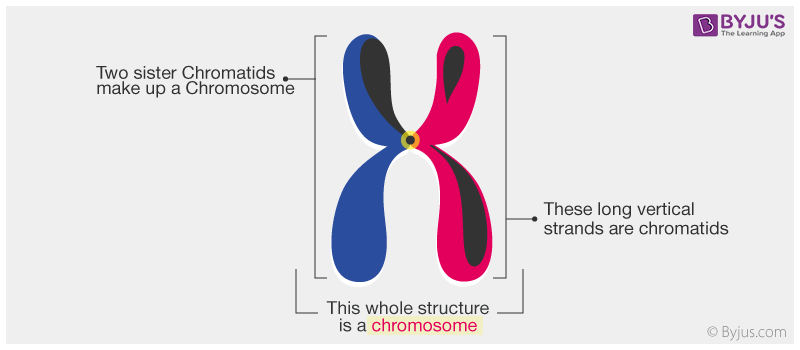


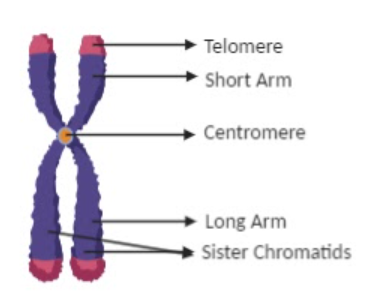
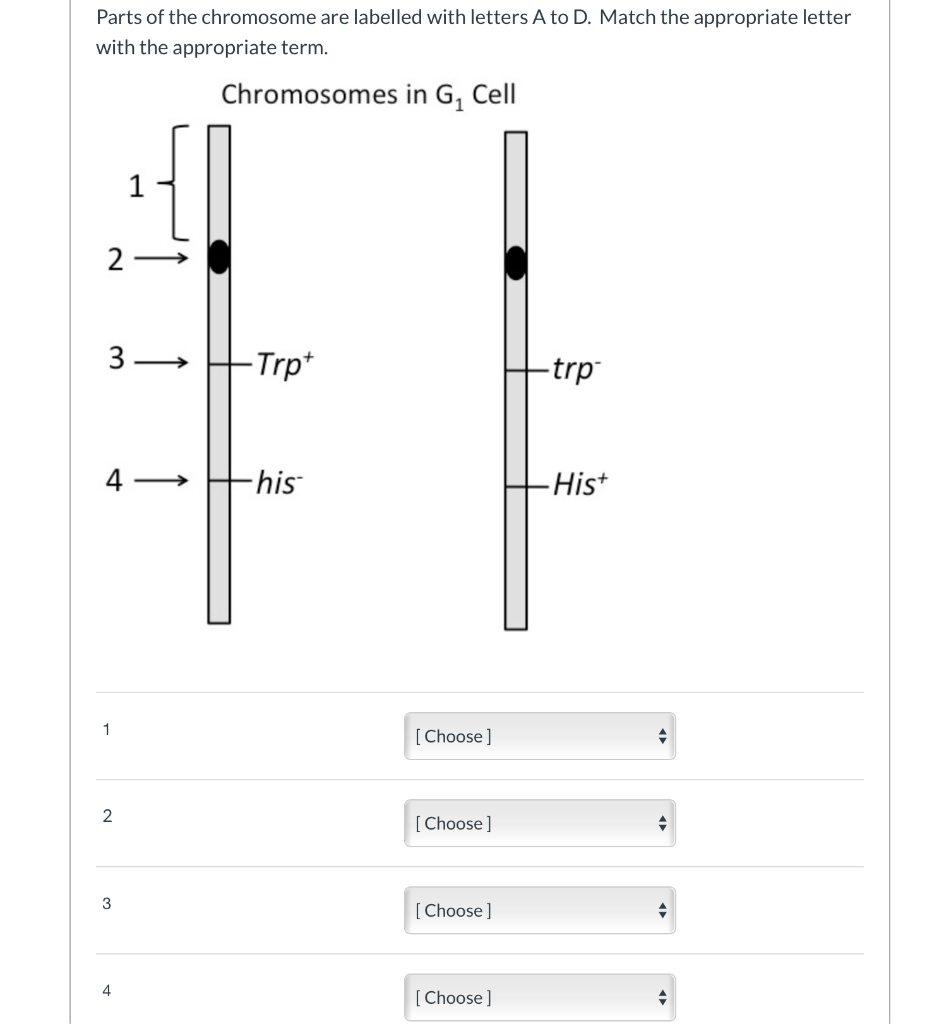
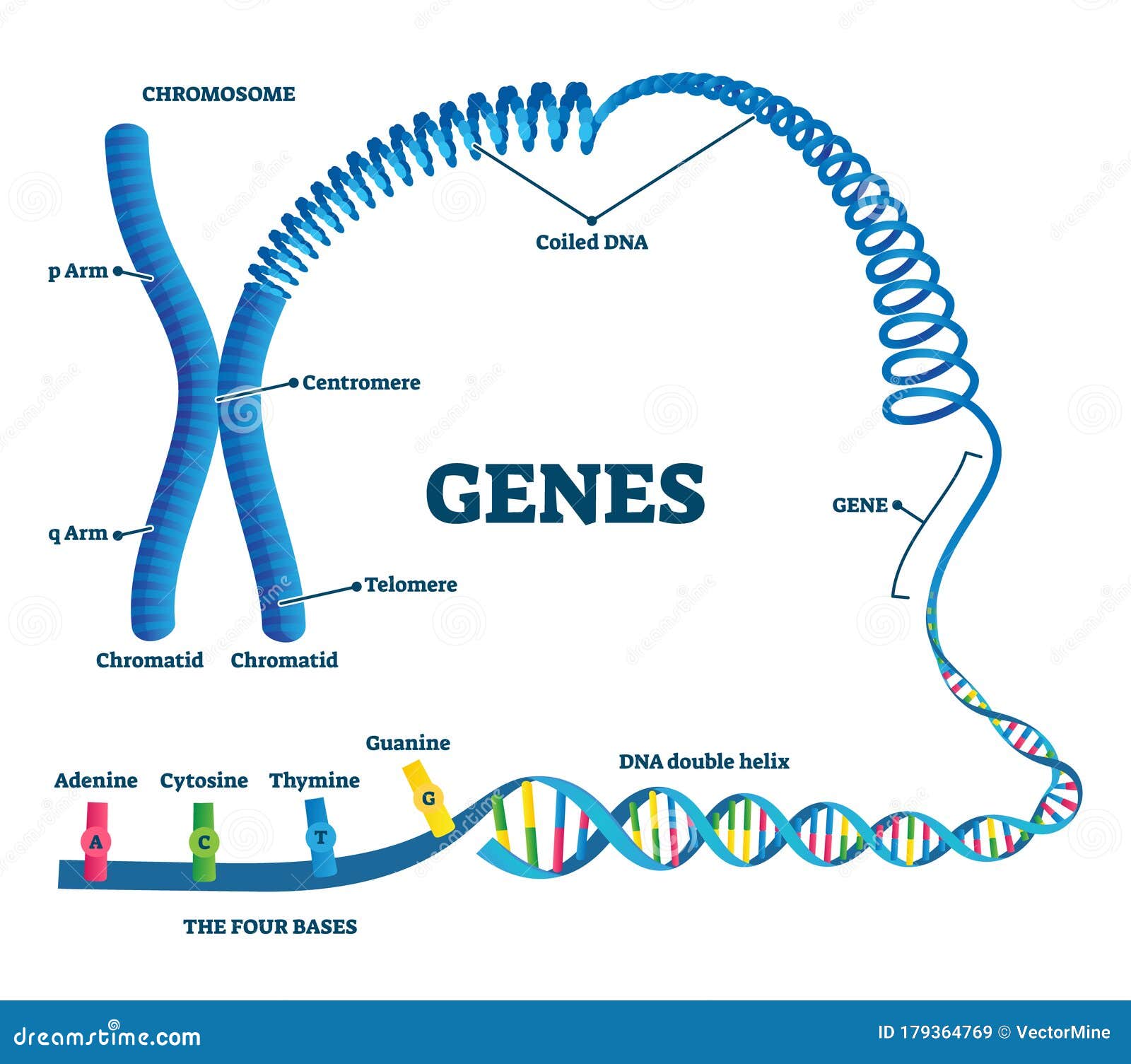


![BIO 40KMS 01 [DNA + CHROMOSOMES] Diagram | Quizlet](https://o.quizlet.com/DChqAyxB2xTl4w2zN8uumg_b.png)


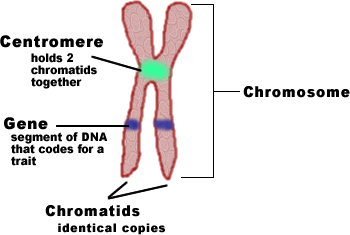
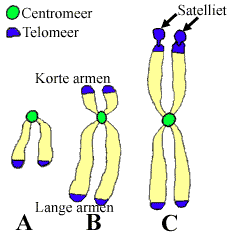
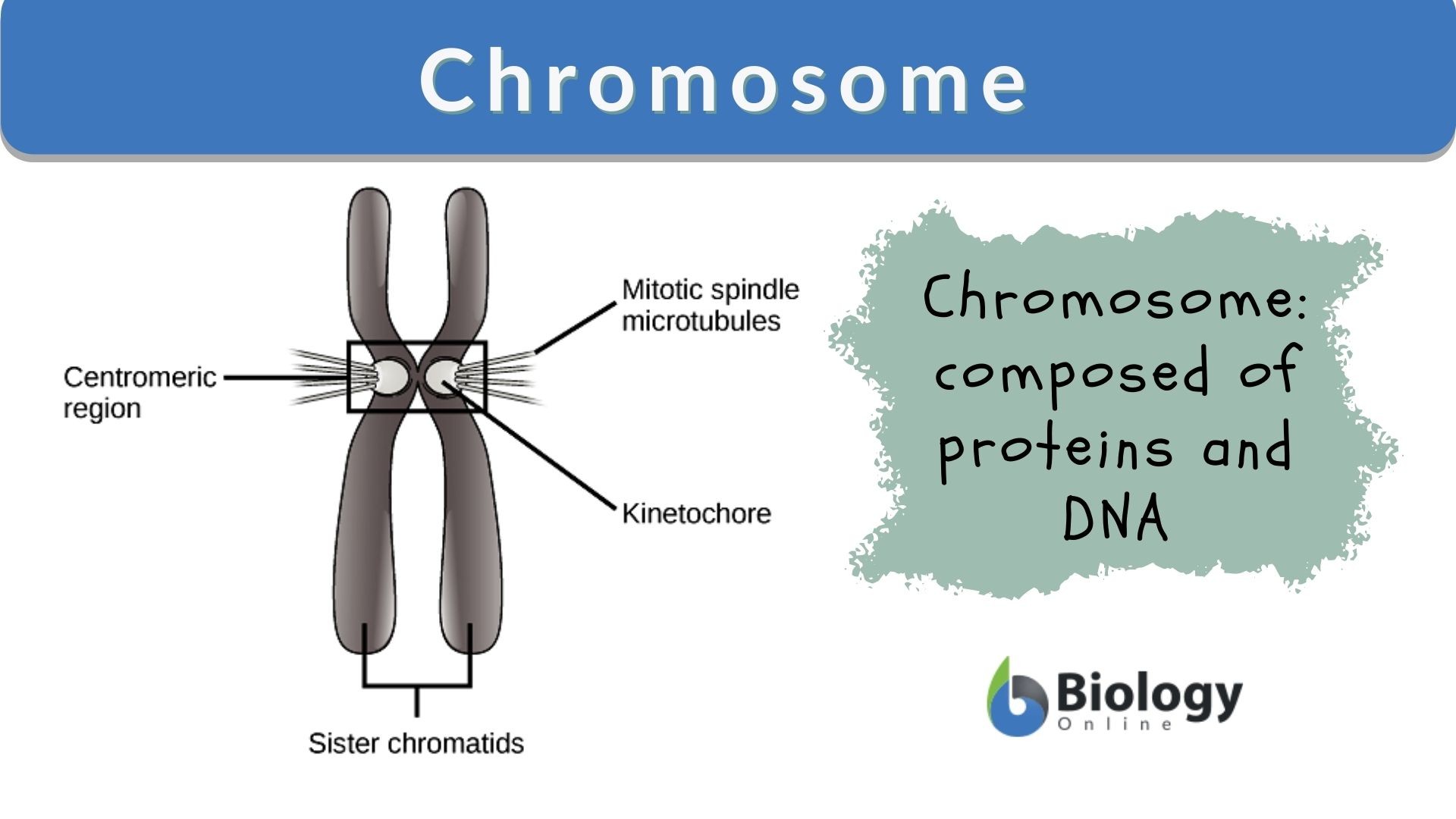

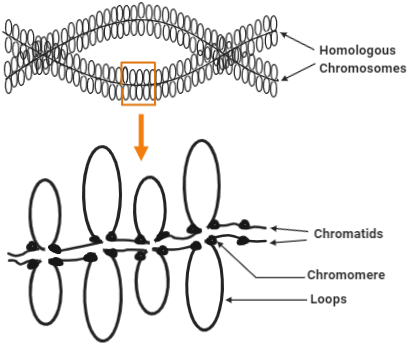


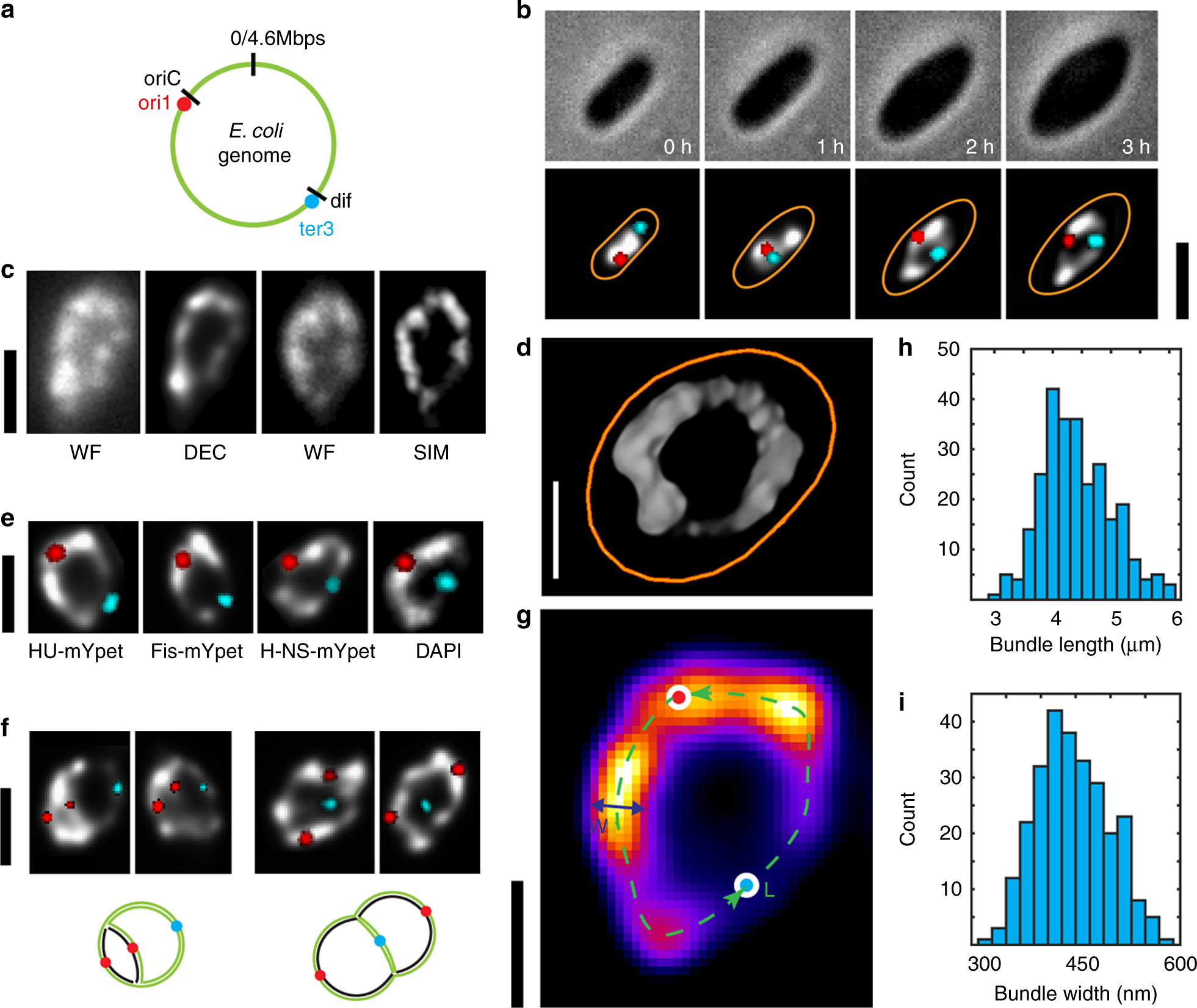





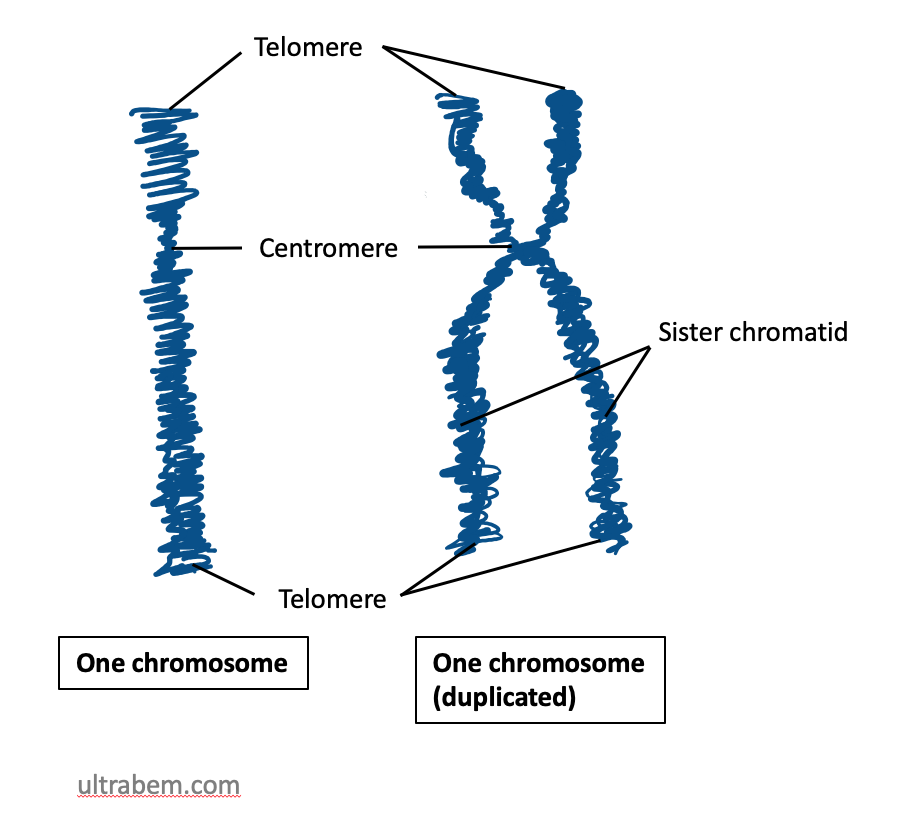


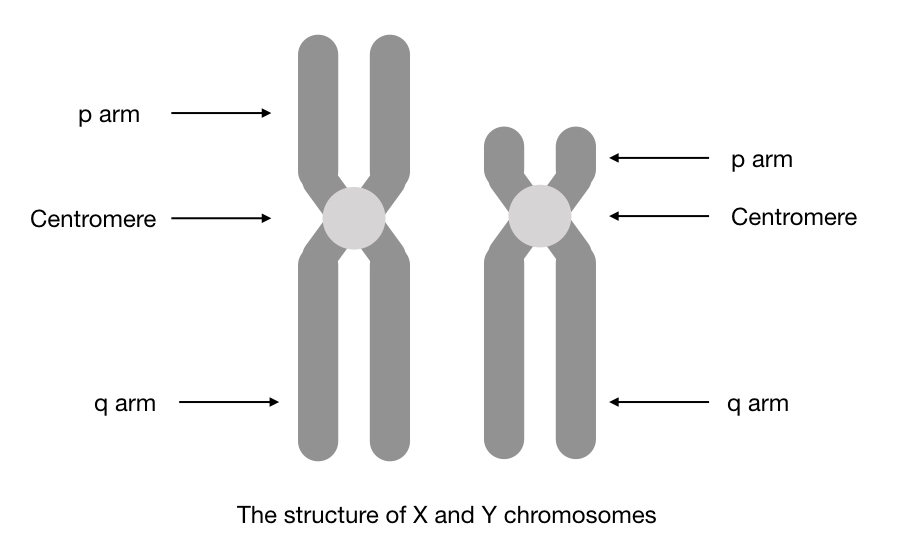




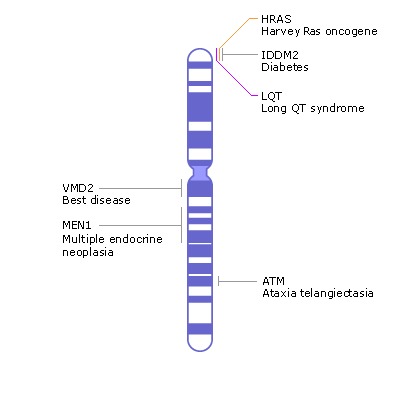
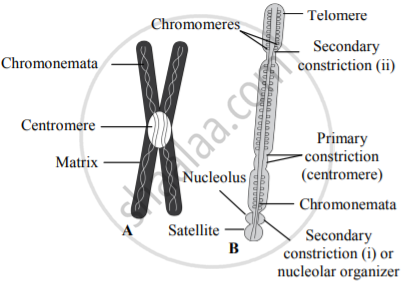
Post a Comment for "39 chromosome labelling"